Make your practice healing
Healing Alignment
What makes moving and breathing healing? How do poses like cat/cow, thread the needle or down dog, change bodies, minds, lives? I’ve been asking this question for over 20 years. Because moving and breathing has healed me again and again. From a belligerent mind, a beat up body, a broken heart.
After passing through several yoga systems and many movement modalities, I’ve found 5 alignment principles that transform ordinary shapes into extraordinary possibilities.
#1. Breathing with Circumference
This is a way to say “functional breathing” and get better results. Because breathing-with-circumference gives you an image to play with and activates the higher mind (buddhi). The yoga tradition says buddhi is whole-body-intelligence. It lays down new neuro-networking like internet (rather than railroad track).
Your breathing is the foundation of your body. It creates both possibility and stability. It’s an engine that generates intra-abdominal pressure for tight-like-a-drum core. Without it, you’re untethered and unable to “check” if other principles are landing.
#2. Grounding through the Bony Landmarks
Once you’re breathing, and the higher mind is activated, you can sense the bony landmarks. These are your mile markers for grounded-ness. There are 4 core bony landmarks: heels, sitting bones, scapula, and occipital ridge. When they are aligned, the horizontal sheaths have trampoline-like spring.
#3. Buoyancy in the Bandhas
In old yoga texts, bandha is translated to lock or seal. But it could also be translated to bond or link. In yoga, Bandhas are energy anatomy. And they correspond to horizontal diaphragms in the physical body. Like the arches of your feet and the pelvic floor.
When the bony landmarks are balanced, aligned, evenly descending, the horizontal sheaths have natural buoyancy. However, if the bony landmarks are distorted, uneven, ungrounded, the horizontal sheaths lose spring. (imagine a trampoline)
Now. This is important. (And you might have already caught it.) These alignment principles are less like a checklist and more like a circuit. They influence and reinforce one another. Less like adding up (do a, then b, then c) and more like checking if everything's connected. This is done through a body scan where you assess and adjust for ever-evolving integration.
Exploring the first 3 will profoundly change your experience of your body. If this is totally new to you, I would stop here.
If you’ve been playing with these for a while, and you’re a lover of subtlety, the last 2 principles are about maintaining connection (versus getting it, losing it, finding it again). They will sharpen your discernment and moment-to-moment awareness.
#4. Currents of Connection
Here’s the principle: Any rotation (should) feed the connection to your own center. Let’s make that actionable with an example. In Warrior II, there is external rotation in the front leg and internal rotation in the back leg. The rotations can pull you together or pull you apart.
When the rotations are done independently or in excess (this happens when the mind sees the actions as separate and unconnected to the whole) there is dis-integratation. (if you experience knee, hip, or groin pain this is almost always a contributing factor). When the rotations are done delicately, like turning a dial, there is power and coherence fed into the core of your body.
The sense of flowing into the core, like streams becoming a river or the teeth of gears generating more power, is how you assess how much or how little rotation to do. Connection is how you fine-tune.
In the beginning, this principle will ask you to slow down, get curious, and adjust in assess-able increments. Over time, it becomes intuitive. Like a sixth sense for connection.
#5. Origin of Movement.
The last principle is the most subtle and probably the most powerful. It asks where is the movement coming from? Where is its origin?
Ideally, all movement originates from the vertical midline of the spine and/or the horizontal midline of the diaphragm + from the back body rather than the front body. This means you’re moving from your center and the place of oneness (back body) rather than the periphery and place of I-ness (front body).
Deep asymmetries get cleaned up when you attune to this one. Again, in the beginning, it's demanding. Over time, it becomes natural. And fluid, graceful movement emerges.
Do you feel these? Do they ring true to you? Put them to the test. Explore, experiment, and if you’re inspired, write me about it.
May your practice have principles,
Alison
Practices for each of the Principles:
Breathing with Circumference
Bony Landmarks: Wonder Wall
Bandhas: Relationship of Rhythm
Currents of Connection
Origin of Movement: Truth of Your Being


